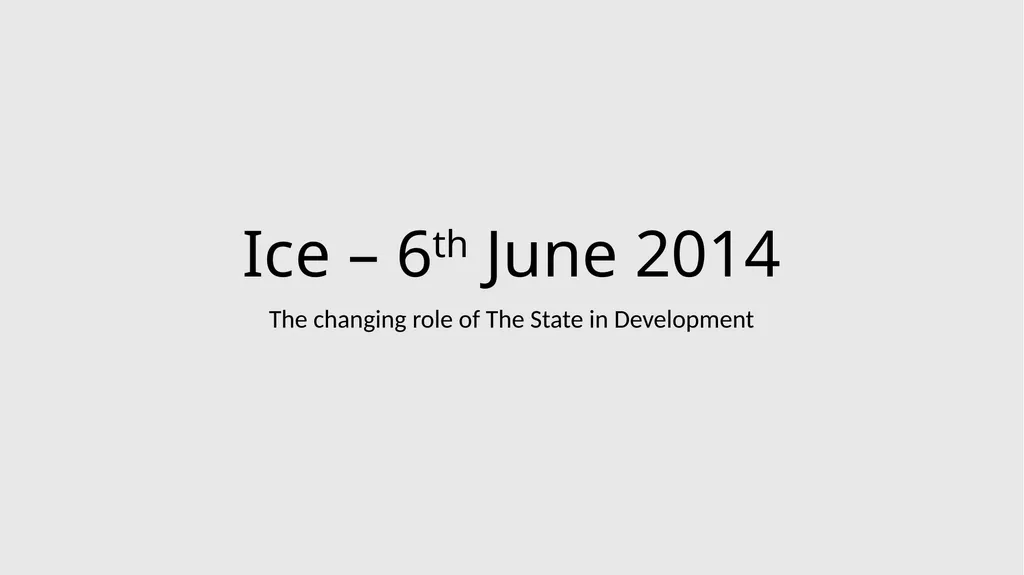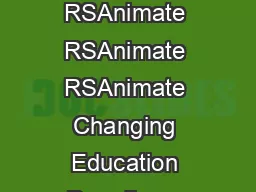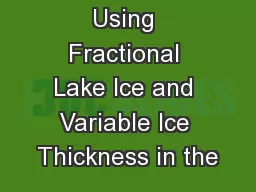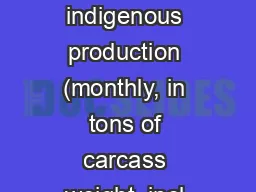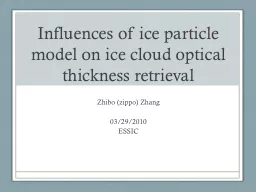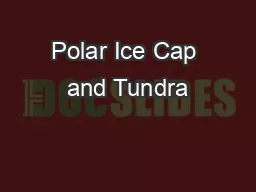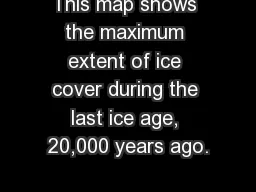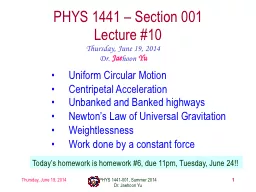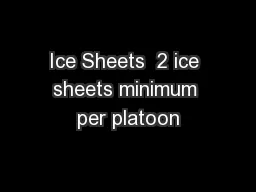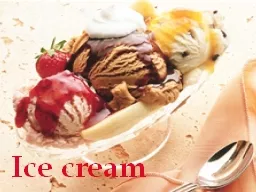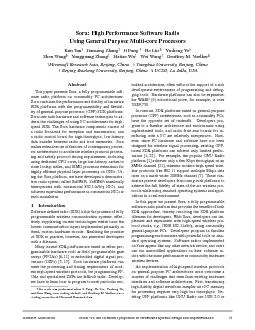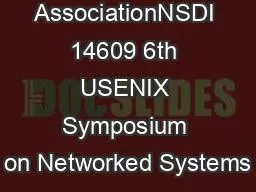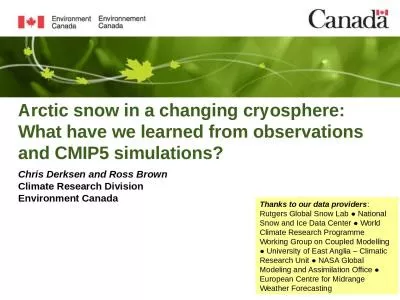Ice – 6th June 2014 The changing role of The
Author : lindy-dunigan | Published Date : 2025-06-23
Description: Ice 6th June 2014 The changing role of The State in Development Whats been happening We need a balanced view increasing and intensified flows between countries of goods services capital ideas information and people which produce
Presentation Embed Code
Download Presentation
Download
Presentation The PPT/PDF document
"Ice – 6th June 2014 The changing role of The" is the property of its rightful owner.
Permission is granted to download and print the materials on this website for personal, non-commercial use only,
and to display it on your personal computer provided you do not modify the materials and that you retain all
copyright notices contained in the materials. By downloading content from our website, you accept the terms of
this agreement.
Transcript:Ice – 6th June 2014 The changing role of The:
Ice – 6th June 2014 The changing role of The State in Development What’s been happening? We need a ‘balanced’ view increasing and intensified flows between countries of goods, services, capital, ideas, information and people, which produce cross border trade integration of a number of economic, social and cultural activities. It creates both opportunities and costs and for this reason it should not be demonised nor sanctified, nor should it be used as a scapegoat for the major problems that are affecting the world today. The drivers – follows on from last meeting (a) trade and investment liberalization; (b) technological innovation and the reduction of communication costs; (c) entrepreneurship; and (d) global social networks. BUT don’t ignore the role of the State and governments - governments have played a pivotal role in allowing greater interdependence and economic integration of specific activities through the elaboration and adoption of market-oriented policies and regulations, at both the international and local levels In what ways has The State and other organisations driven the globalisation increase? Financial de-regulation, removal of foreign exchange controls, elimination of capital controls, removals of barriers to entry into banking and its offspring ‘ financial services’. WTO and EU have driven the pace of standardisation of products, subsidies and intellectual property rights. Economic globalization is, in other words, the result of policy decisions made by Individual countries that allow global market forces to operate Governments have driven the factors which are responsible for drastically transforming the ease, speed, quantity, and quality of international information flows, as well as physical communications Other drivers Increasing access to computers and the development of associated technologies Business can now operate across continents (MNC’s), change capital flows quickly and inexpensively , use technology to drive costs down and consolidate through mergers and acquisitions. Comparative/competitive advantage determined FDI flows Knowledge based industries are increasingly influential Gaining influence in developing countries What has globalisation meant for the workings of The State? Issues now spill over borders, cultures and nationalities Decision-making is less nation state focused A loss of sovereignty – how do we guarantee external security, are laws and customs universal, who provides public goods ( defence is one area of interest) Despite a probable cultural convergence local ways are still important and borders are porous and mean little to ethnic traditions. Is it allowing some States to have increased leverage over others? Will it lead to smaller
